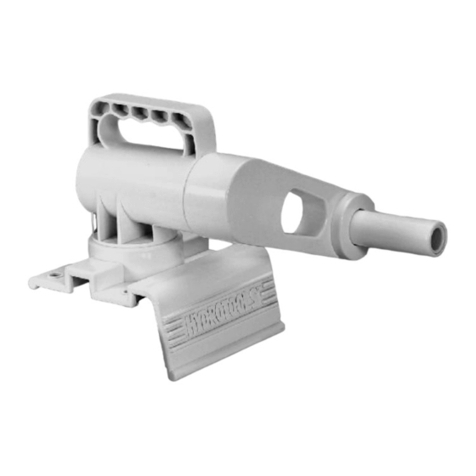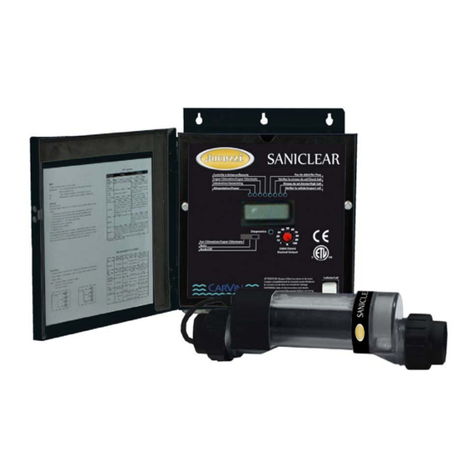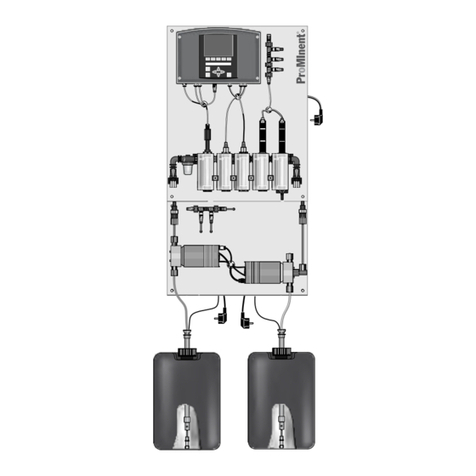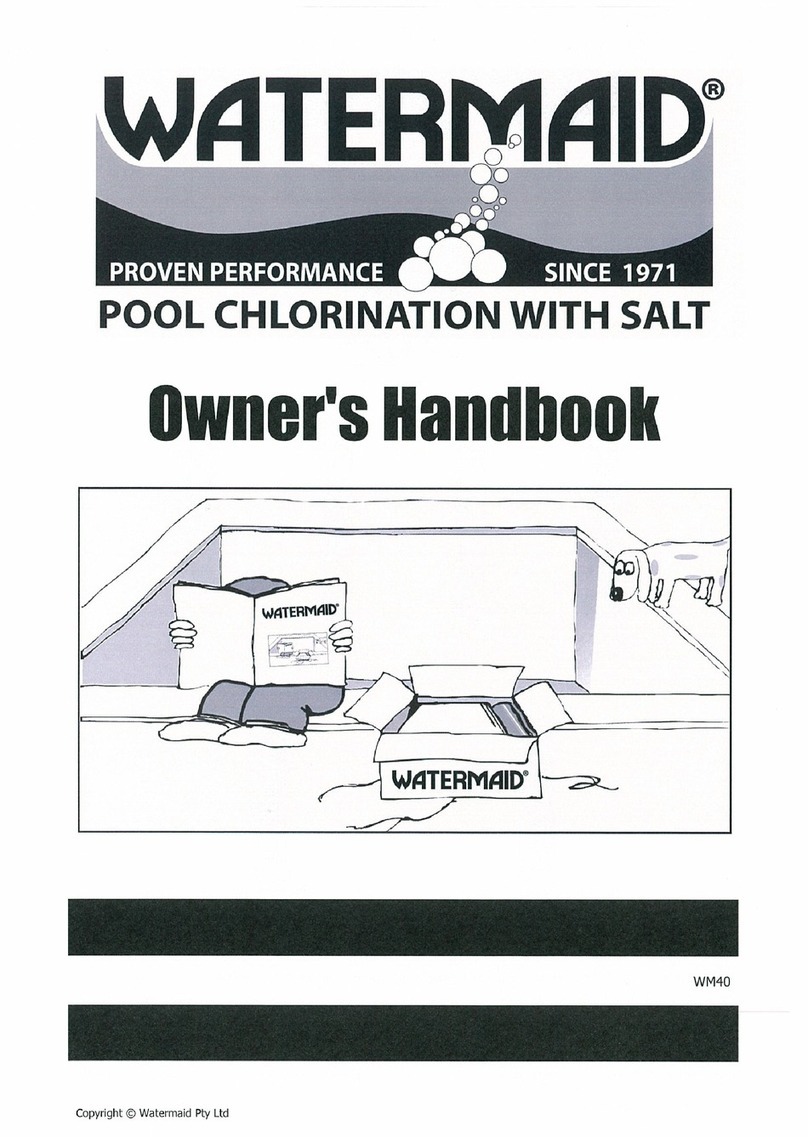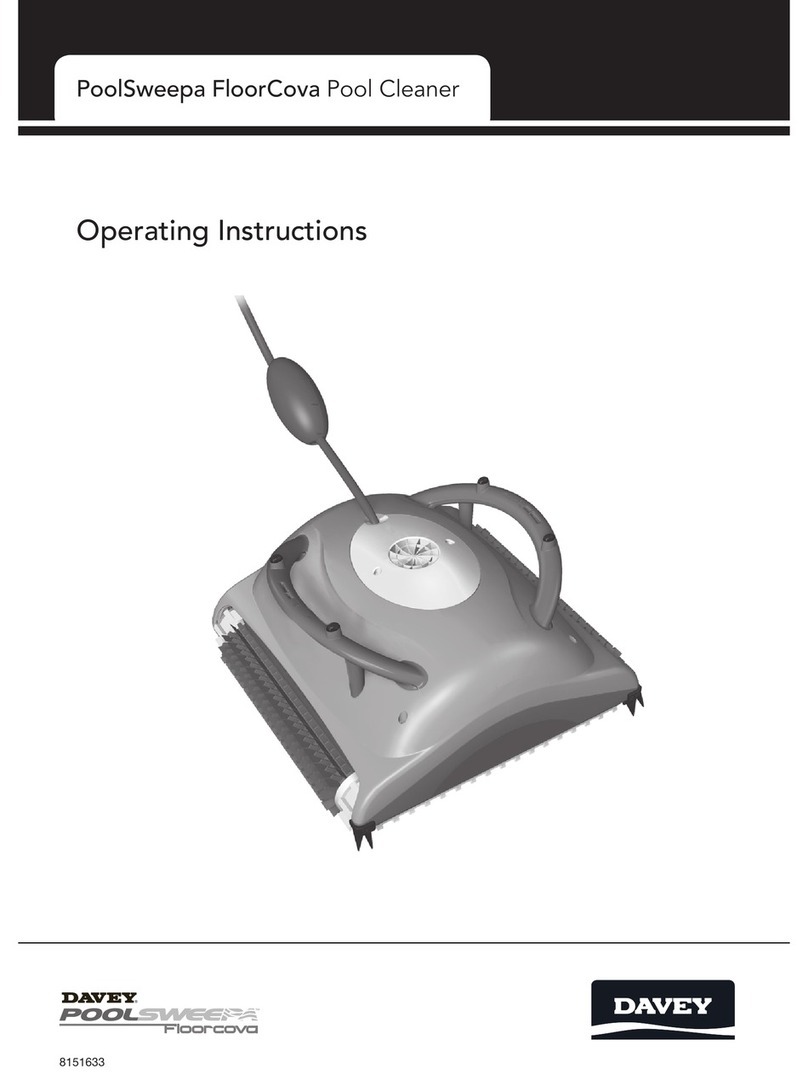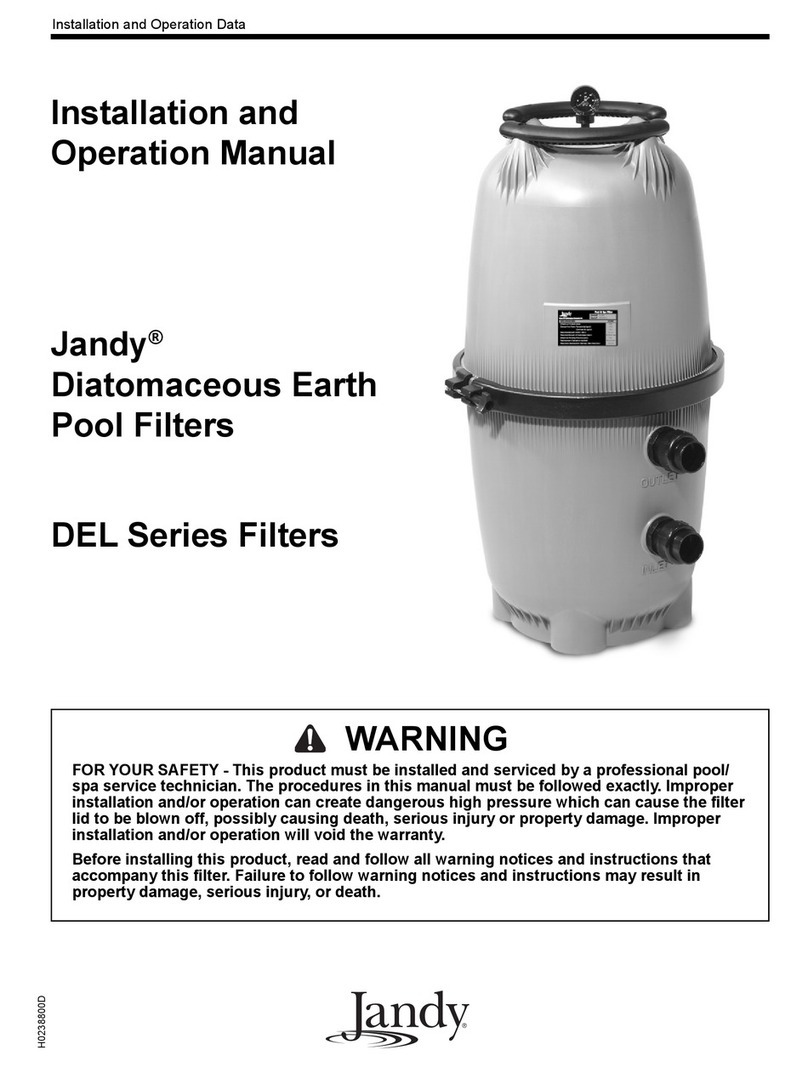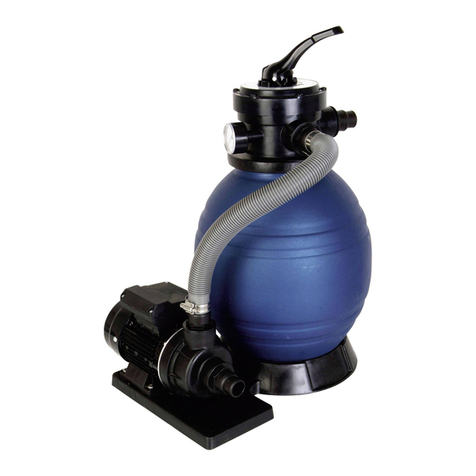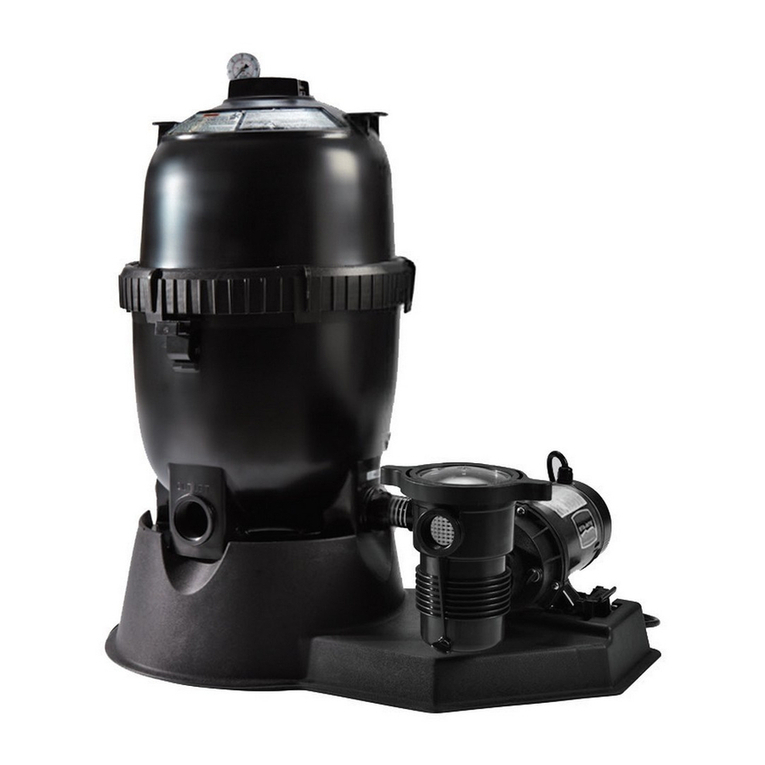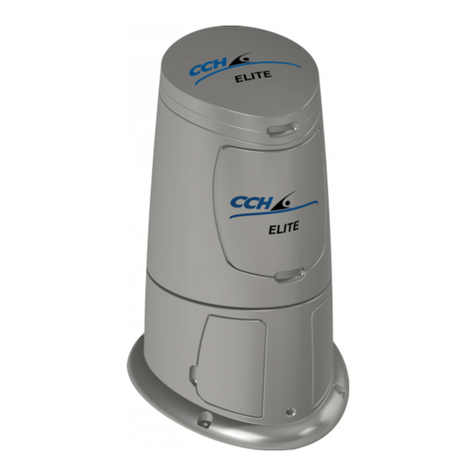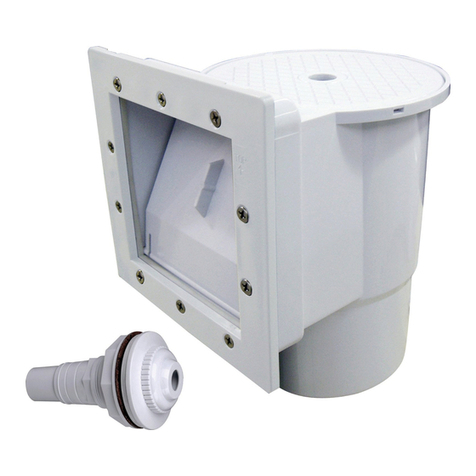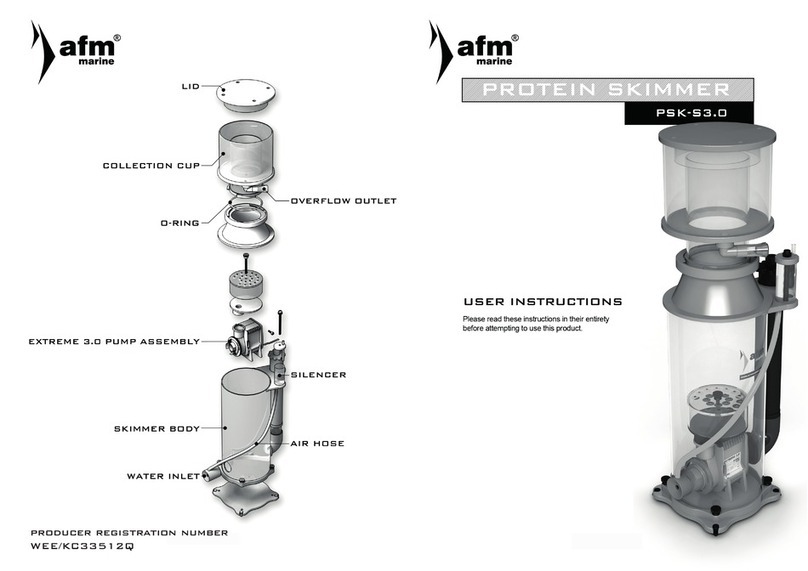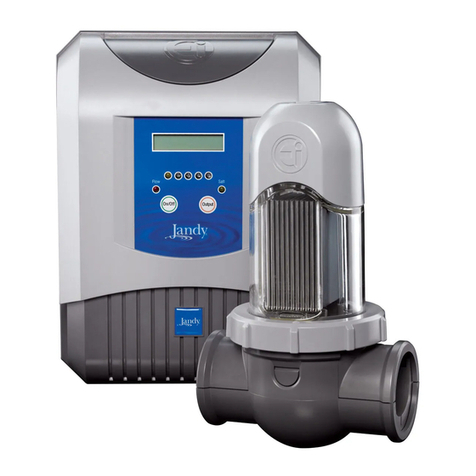21
1 STATUTORY RIGHTS OF
CONSUMERS
The warranty terms set out below do not
exclude any conditions or warranties
which may be mandatorily implied by law,
and your attention is drawn to the
provisions of the Australian Trade
Practices Act, 1974 and the State
legislation which confers certain rights
upon consumers. The following
WARRANTY supplements these.
2. WATERMAID WARRANTY
a)WATERMAID PTY LTD warrants to the
WATERMAID owner that the WATERMAID
Power Supply (excluding any timeclock
component) shall remain free of defects
in manufacturing or workmanship for a
period of two (2) years from the date of
purchase.
b)WATERMAID PTY LTD warrants to the
WATERMAID owner that the timeclock
component contained in the Watermaid
Power Supply shall remain free of defects
for a period of one (1) year from the date
of purchase.
c)WATERMAID PTY LTD warrants to the
WATERMAID owner that the Watermaid
Cell shall remain free of defects in
manufacturing or workmanship for a
period of 12 months from the date of
purchase. An additional 48 month pro-
rata replacement warranty applies to the
Watermaid Cell.
Any parts in a WATERMAID Power Supply
or Cell found by WATERMAID PTY LTD to
be operationally defective will be repaired
or replaced at WATERMAID PTY LTD's sole
discretion.
(d) The WARRANTY as outlined in
paragraphs 2(a), 2(b) and 2(c) above
DOES NOT apply:-
(i) To any defect or failure caused by
misuse, abuse, abrasion, buildup on Cell
electrodes, electrical faults, power surges
(including lightning strikes), harsh
chemicals, incorrect water balance, wear
and tear, accident, non-observance of
installation, operating and/or cleaning
instructions or any other conditions
outside of the control of WATERMAID PTY
LTD;
(ii) If the product has been serviced by a
person not authorised to do so by
WATERMAID PTY LTD or with non
approved parts;
(iii) If any serial number or compliance
label has been removed or defaced;
(iv) If the product has not been fully paid
for by all parties to the sale or is
repossessed under any financing
agreements.
(v) Where the Power Supply or Cell has
been subject to any use other than
NORMAL DOMESTIC POOL USE.
3. FREIGHT
Subject to the WATERMAID owner's
statutory rights referred to in clause 1,
WATERMAID PTY LTD reserves the right
to charge for any services not covered by
this WARRANTY, including freight costs.
4. OTHER LIABILITY
Subject to the WATERMAID owner's
rights referred to in Clause 1 and 2,
WATERMAID PTY LTD hereby excludes to
the maximum extent permitted by law all
other liability in respect of the product.
5. CLAIMS UNDER WARRANTY
If a defect covered by this warranty
arises, the WATERMAID owner should
contact WATERMAID PTY LTD as soon as
the defect arises and advise WATERMAID
PTY LTD of the nature of the defect.
Claims made after the warranty period
has expired will not be covered by
warranty.
Effective 1 January 2005, replaces all undated Warranties and all Warranties dated before 1 January 2005.
IMPORTANT SAFETY INSTRUCTIONS
WATERMAID ELECTROLYTIC CHLORINATOR MODEL WM10LED CHLORINE GENERATING DEVICE
DOMESTIC - FOR RESIDENTIAL POOLS & SPAS
REGISTRATION NUMBER 28114
PEST CONTROL PRODUCTS ACT
When installing and using this electrical equipment, basic safety precautions should always be
followed, including the following:
READ AND FOLLOW ALL INSTRUCTIONS IN THIS OWNERS MANUAL AND ON THE LABEL BEFORE
USING
a) To reduce the risk of electric shock, the ground wire of this device must be connected to the
grounding means provided in the electricity supply service panel with a continuous copper wire
equivalent to the circuit conductors supplying the equipment.
b) WARNING: KEEP OUT OF THE REACH OF CHILDREN.
c) WARNING: Risk of electric shock. Connect only to a grounding type receptacle protected by a
ground fault circuit-interrupter (GFCI). Contact a qualified electrician if you cannot verify that the
receptacle is protected by a GFCI.
d) Do not bury cord. Locate cord to minimise abuse from lawn mowers, hedge trimmers, and other
equipment.
e) WARNING: To reduce the risk of electric shock, replace damaged cord immediately.
To avoid
hazard, the supply cord, if damaged, must be replaced by the manufacturer or its service
agent or a similarly qualified person.
f) WARNING: To reduce the risk of electric shock, do not use an extension cord to connect unit to
electricity supply; provide a properly located outlet.
g)
CAUTION: to prevent electric shock, switch OFF the power at the electrical power outlet
before dislodging the WATERMAID Power Supply. Do NOT remove the cover as there are no
user serviceable parts inside. Refer to a qualified service technician for repair.
h) Maintain water chemistry in accordance with manufacturer's instructions.
IMPORTANT
* The WM10LED chlorinator is designed to run at a maximum salt level of 6000 ppm.
* This unit MUST be installed AT LEAST 10 feet (3m) from the inside wall of the pool.
* The WATERMAID QT SERIES Cells must be installed with a gas-trap to prevent any gases
getting back into the filter.
* The WATERMAID Cell must be installed so that ALL the water from the filter passes through
the WATERMAID Cell before any diversions or breakouts.
* Ensure that the WATERMAID Power Supply is OFF or in standby mode [refer to section 4]
when adding salt to the water or water flow is restricted (e.g. backwashing the filter, blocked
skimmers, etc) [refer to section 7(vi)].
* It is recommended that between 5Kg and 25Kg per year of Magnesium [Magnesium Sulphate
("Epsom Salts") or Magnesium Chloride] be added to the pool water.
* Do NOT add any products containing Calcium to the pool water.
* Use with a pump rated at 1HP or above.
* Do NOT strike the Cell with any kind of instruments.
WARNING: Improper installation or operating the WATERMAID electrolytic chlorinator
model WM10LED without water flow through the Cell can cause a build up of flammable
gases, which can result in FIRE or EXPLOSION.
Registrant:
Watermaid Pty Ltd
24 Tepko Rd
Terrey Hills NSW 2084
Australia
Ph: +61 2 9450 0244
Retain Owner's Handbook for future reference.
Canadian Agent:
Watermaid of Canada Inc.
16 Blyth St
Richmond Hill Ontario L4E-2Y1
Canada
Ph: +1 877 987 6243
